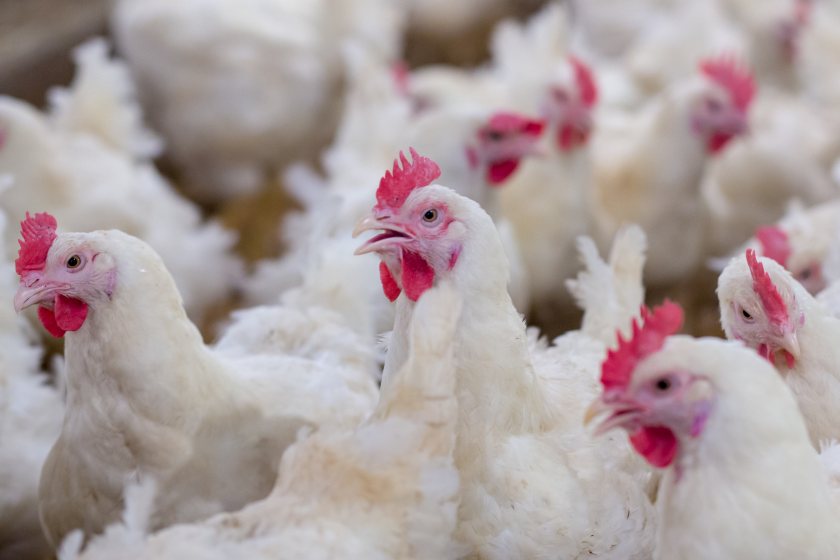
Three newly identified parasites that cause coccidiosis in chickens are prompting scientists to investigate their prevalence in the UK and Europe, amid concerns they could complicate existing control strategies.
Researchers from the Royal Veterinary College (RVC), supported by Elanco Animal Health, have launched a new study to track the spread of Eimeria lata, Eimeria nagambie and Eimeria zaria.
The work follows an RVC-led investigation which confirmed the three species as distinct forms of Eimeria — the parasite responsible for coccidiosis in poultry.
Professor Damer Blake from the RVC described them as “hidden forms of coccidiosis”, warning they could reshape how the disease is managed on farms. While established species have long been controlled effectively, the new ones present fresh concerns.
“They were first detected on a farm that was using anticoccidial vaccines, and they broke through the vaccine and caused increased morbidity and mortality,” he explained.
However, researchers stress that this was a single case, and more work is needed to understand whether the same outcome would occur elsewhere.
Later molecular surveys revealed these genotypes were widespread in the southern hemisphere and present in northern regions too. The current phase of research is designed to establish how common they are in Europe.
“We are working with Elanco to pick up samples from birds across Europe and the UK to see how common these new Eimeria species parasites are and help us assess what level of risk they pose,” said Prof Blake.
The parasites appear to cause a malabsorptive form of coccidiosis. While less likely to kill birds, they can have a damaging effect on flock performance. “These strains create a lot of mucus in the intestine which results in poor feed conversion and the birds not growing very well,” Prof Blake said.
Crucially, while existing anticoccidial drugs such as Maxiban and Monteban seem effective against the new species, questions remain over how current vaccination programmes may perform.
“As far as we can see, anticoccidial medications work just as well on these species as other species, so they’re only really a challenge on farms which move from drug prophylaxis to vaccine prophylaxis,” Blake added.
Layer and breeder vaccines are designed to protect against established Eimeria species, but broiler vaccines are more narrowly targeted. “This research may question this approach and make us reassess how we look at coccidiosis control programmes in the future,” he said.
The findings could have major implications for poultry health strategies, with researchers urging the industry to stay alert as studies continue.
